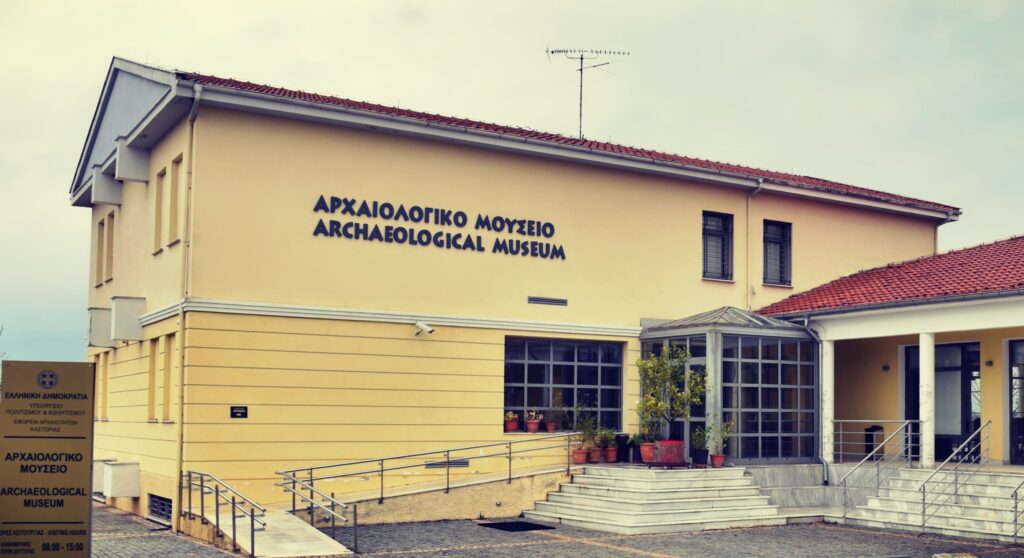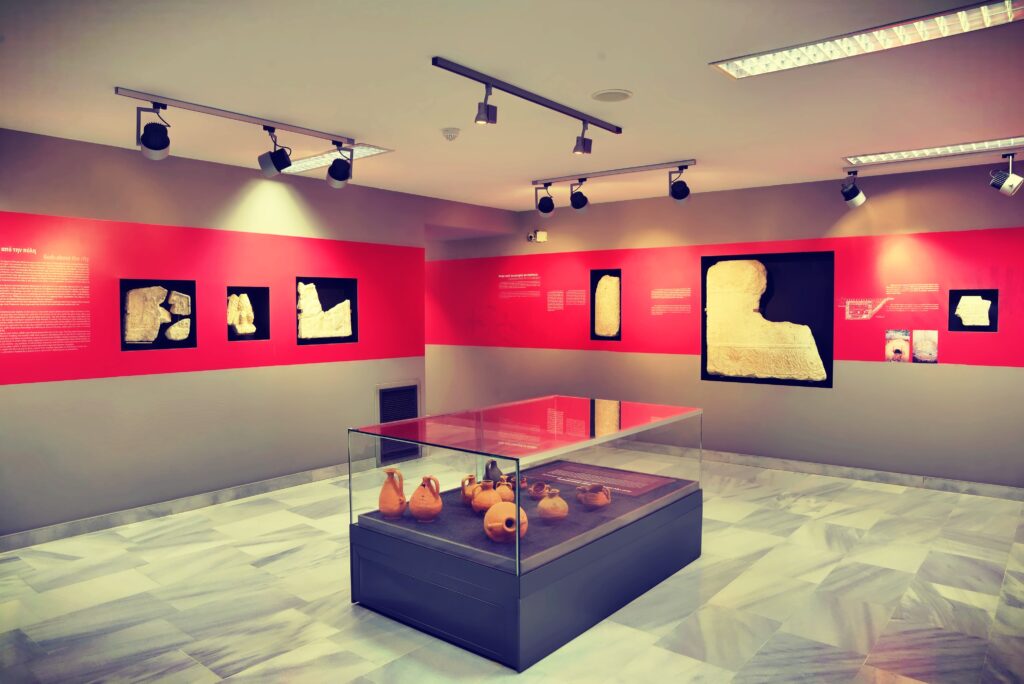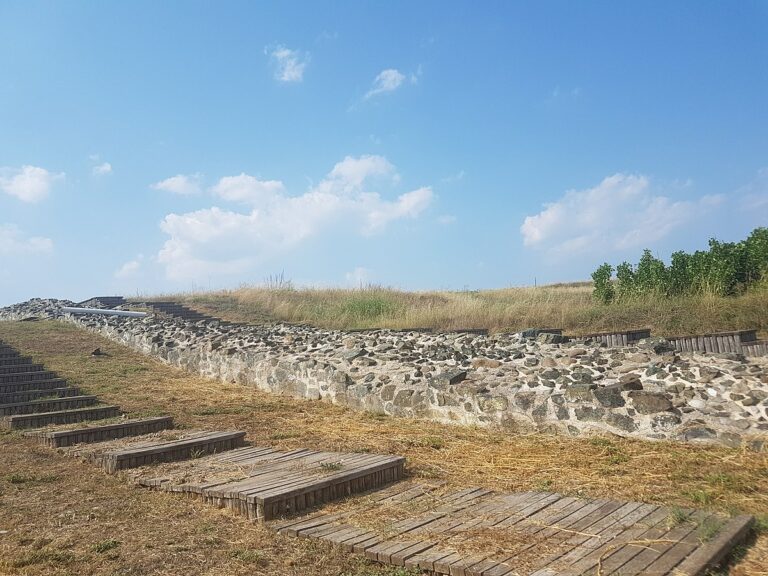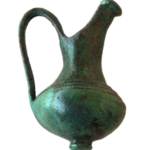MUSEUM HISTORY
The museum was inaugurated in June 2010. It is hosted in a wing (666.87 m2) of the building of the Municipal Cultural Center which was ceded in 2020 for this purpose to the Hellenic Ministry of Culture. The foundation of the museum was implemented by the Hellenic Ministry of Culture within the framework of the 3rd Regional Operational Program of Western Macedonia.
Creating a Museum
The implementation of the project was supervised by Dr Maria Akamati, Honorary Director of the Ephorate of Antiquities and by Konstantinos Soueref, Director of the 17nd Ephorate of Prehistoric & Classical Antiquities at Florina. The curation and the design of the exhibition was undertaken by the archaeologist of the 17th Ephorate of Prehistoric and Classical Antiquities, Charalampos Tsouggaris. The Municipality of Argos Orestikos funded the preparation of the museographic study and a number of other technical works. In accordance to the New Organization of the Hellenic Ministry of Culture (Government Gazette 171/A’/28-08-2014), the newly established Ephorate of Antiquities of Kastoria became incumbent of the Archaeological Museum. It rapidly became clear that the Museum’s area was finely designed, integrated into the cultural center of Argos Orestiko, being able to host also within its outdoor pleasant environment, various events.
The Exhibition
Its Exhibition is arranged in chronological order and it displays significant archaeological artifacts that came to light within the nowadays regional unit of Kastoria, highlighting in an attractive for the visitor way, the till then unknown aspects of Macedonia’s social structure and everyday life. To the Ephorate’s main goals were added the Museum’s improvement, the undertaking of various educational activities and events for both the schools and the communities, as well as the Museum’s certification through the Greek Museum Recognition and Certification System by the Hellenic Ministry of Culture, in order for it to become a place of intercultural dialogue that shall fill in the gap in our knowledge of the essential but understudied history and archaeology of Macedonia.
Diocletianoupolis
Located nearby the Museum is the archaeological site of Diocletianopolis, the ruins of a fortified Roman city that flourished during the early Byzantine times but was relocated by the emperor Justinian in the 6th century AD for reasons of security. Diocletianoupolis is the starting point for the visitor of the Byzantine Museum of Kastoria in order to understand the unity and the continuity of the region’s archaeological narrative.



